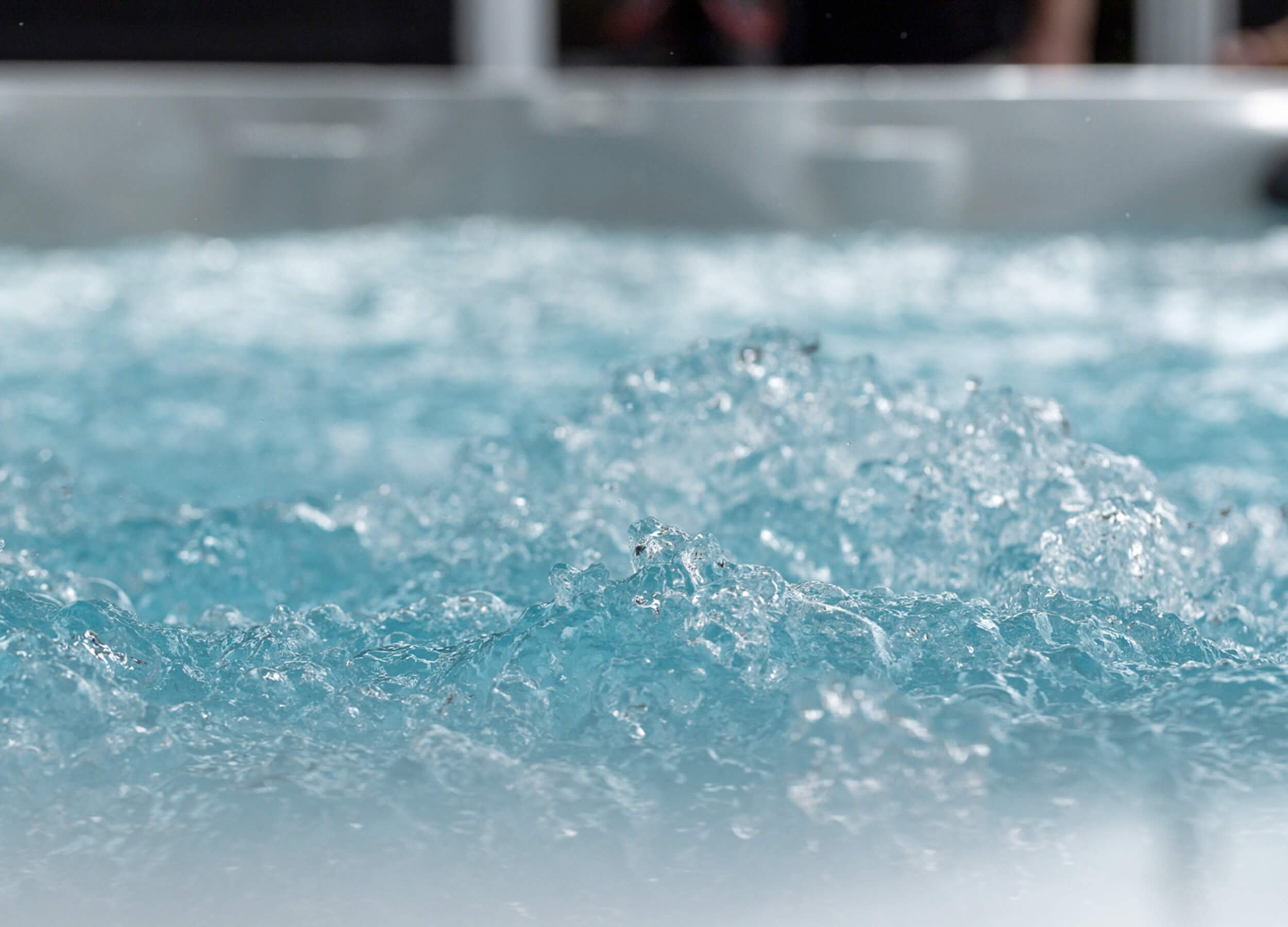
Cold Plunge FAQ
Have Cold Plunge Questions? We Have Answers!
Choose from the following to learn more, as we provide answers to common questions about purchasing and owning a Kodiak™ Cold Plunge by Jacuzzi®.
Our Sales Team is happy to assist with any additional questions you may have… CLICK HERE to send them a contact request and they’ll promptly get back to you with the information you need!
-
The temperature on a Kodiak™ Cold Plunge by Jacuzzi®can be set as low as 40°F. However, it’s also good to know that you can set it as high as 104°F… making it both a cold plunge -OR- a hot soaking tub!
-
No need for ice with the Kodiak™ Cold Plunge by Jacuzzi®! While other cold plunge tub options have to be filled with ice every time, this model uses a chiller mounted inside the cabinets to chill the water to the set temperature. This gives you a consistent temperature that is easily achieved, as opposed to buying bags of ice each time and only able to guess at the temperature of the cold plunge.
-
You should drain your Kodiak™ Cold Plunge by Jacuzzi® once every 2-3 months, depending on use. There is also a small filter in the cabinets that should be cleaned about once every two weeks with a quick rinse. Keeping up on these two should allow you to enjoy clean, clear water in your cold plunge for weeks!
-
Yes! It is best practice to make sure your pH is stable and that you have some chlorine in the water as well. The cooler water should hold your chemistry in place relatively easy compared to a pool or hot tub. We’ve seen very easy water care from the one we have set up in our showroom!
-
Cold plunging is all about short, intense intervals. You should really only cold plunge for a maximum of 3 minutes at a time, and allow yourself to warm up before doing another session. Though most beginners will go for 45 to 60 seconds, you’ll slowly build up your mental fortitude towards the cold water, gaining the ability to extend your soaking time. This can be done daily, even multiple times a day, just not for a long time all at once.
-
No, you don’t! Cold temperatures affect people differently. If you can handle it at its coldest, then that’s great. However, we’ve seen people reap the benefits at 50°-55°F.
One thing to realize is that if you are shivering a lot and unable to relax your body and breathing, then the cold plunge will not have many benefits for you.
Start out with something that is a little challenging, but still doable, and then you can try for lower temperatures in future sessions as you acclimate.
-
The Kodiak™ Cold Plunge by Jacuzzi® only requires a dedicated 120V outlet. It uses minimal power and doesn’t have to be kept at a constant temperature; simply activate chiller ~10 minutes before you want to do a cold plunge session.
-
The Kodiak™ Cold Plunge by Jacuzzi® is ETL certified, a safety standard that mainly involves electrical, equipment, and product use. It is one of the few cold plunges on the market with this certification, and gives you peace of mind that the temperature will be read correctly, the components will work as intended, and that there will be minimal malfunctions.
-
Cold plunging has many documented benefits! You may have seen some athletes taking an ice bath in old movies or tv shows… this is because cold plunging is excellent for recovery from exercising, reducing inflammation, and alleviating muscle soreness. Cold plunging has also been shown to improve circulation, helping muscles heal faster. However, cold plunging is not just for the athletes. Benefits such as increased metabolism, and improved sleep, mood & focus are all great results that anyone can enjoy!. Try one out for yourself and see how you feel.
-
The Kodiak™ Cold Plunge by Jacuzzi® can be put anywhere there is a 120V outlet within 10 feet. This model’s footprint is small enough for an indoor or garage location, but resilient enough to be placed anywhere outdoors on a spa pad, crushed gravel, wood decking, or a concrete pad. Most people will put it near their infrared sauna or hot tub to most efficiently engage in hot-cold therapy (also known as contrast therapy).

